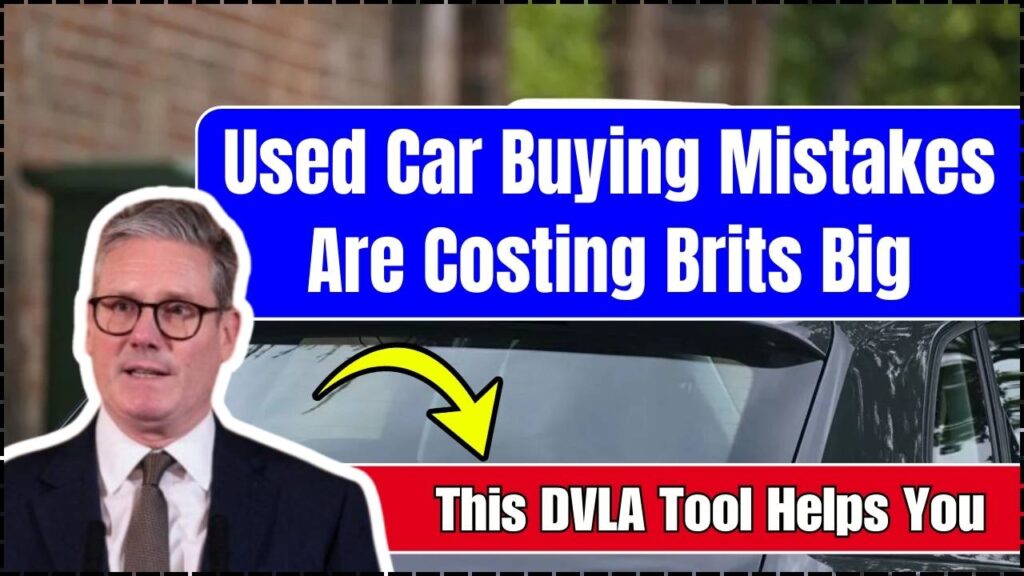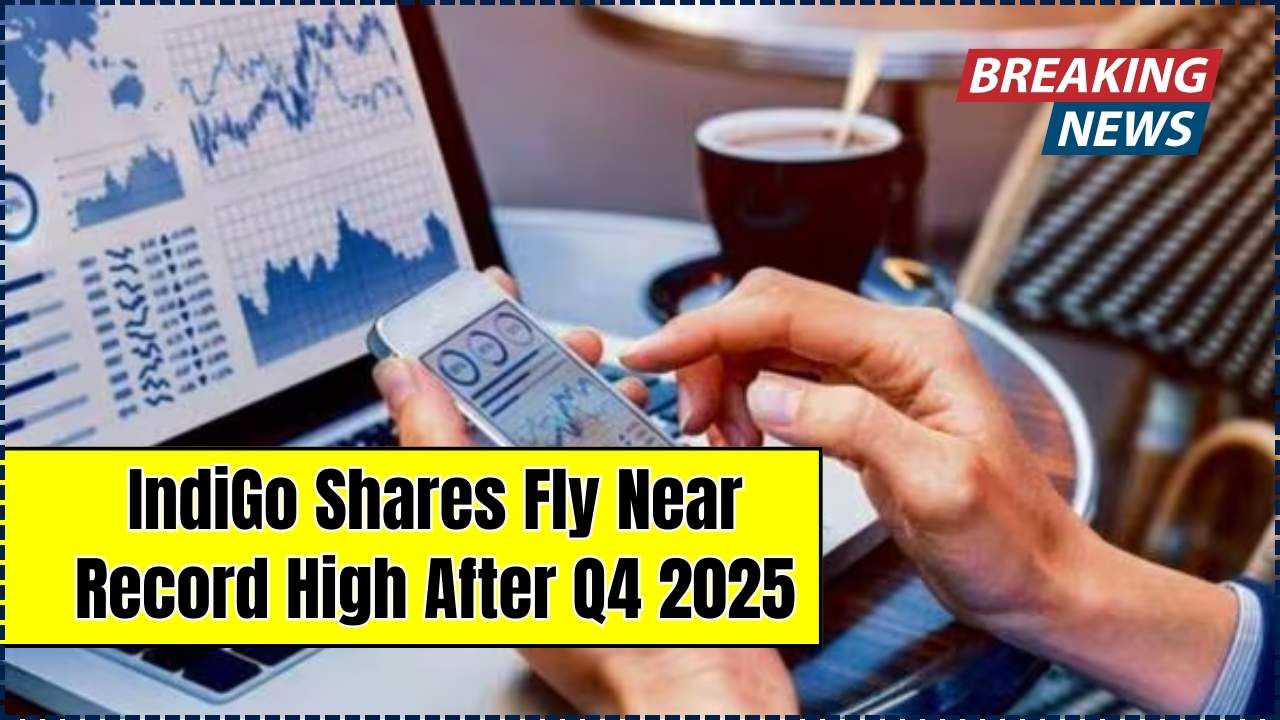Used Car Buying Mistakes Are Costing Brits Big: Buying a used car in the UK can be a smart way to save money—if you know what to look out for. Unfortunately, thousands of buyers every year make avoidable mistakes that can lead to unexpected expenses, legal troubles, or even losing their vehicle entirely. From purchasing stolen cars to unknowingly taking on someone else’s finance debt, these pitfalls are surprisingly common.

Luckily, the DVLA (Driver and Vehicle Licensing Agency) offers a free and simple online tool that can help you dodge these costly errors. In this guide, we’ll show you exactly how to use it and what else you should check before signing on the dotted line.
Used Car Buying Mistakes Are Costing Brits Big
| Aspect | Details |
|---|---|
| Main Issue | Used car buyers failing to verify vehicle history |
| Common Mistakes | Not checking MOT/tax, ignoring VIN mismatches, skipping finance/stolen checks |
| DVLA Tool Purpose | Provides vehicle details including tax, MOT, registration, emissions, and fuel type |
| Access DVLA Tool | Check vehicle info on GOV.UK |
| Other Useful Tools | Car Analytics for finance and write-off checks |
| Potential Savings | Avoiding purchase of write-offs, stolen vehicles, or those with hidden faults |
| Professional Advice | Always verify the V5C logbook, check the seller’s ID, and compare listed specs with DVLA data |
Why Used Car Buying Can Be Risky
Buying second-hand is often cheaper than purchasing new, but the used car market comes with risks. According to Auto Express, one in 10 buyers falls victim to used car scams. These can range from forged documents to odometer fraud or buying a car with outstanding finance.
What’s worse, many of these issues don’t become apparent until it’s too late. By then, you might have spent thousands of pounds on a car that could be repossessed, unsafe, or even illegal to drive.
How the DVLA Tool Works
The DVLA vehicle checker allows you to enter any UK vehicle’s registration number and retrieve key information. It’s available free on the official GOV.UK website.
What the DVLA Tool Provides:
- MOT status and expiry date
- Tax status
- Date of first registration
- Year of manufacture
- Engine size and fuel type
- CO2 emissions
- Colour and body type
- SORN status (if applicable)
If the information displayed doesn’t match what the seller is telling you, consider it a red flag. You may be looking at a car that’s been tampered with or misrepresented.
Used Car Buying Mistakes Are Costing Brits Big Use the DVLA Checker
- Visit the Website: Go to www.gov.uk/get-vehicle-information-from-dvla
- Enter the Reg Number: Use the registration plate of the vehicle you’re considering.
- Review the Results:
- Compare MOT and tax details.
- Confirm engine and fuel types.
- Check whether the colour and make match the vehicle.
- Dig Deeper with MOT History: Link to the MOT history tool to see previous test results, advisories, and failures.
Common Mistakes to Avoid
Not Verifying Vehicle Identity
Always check that the Vehicle Identification Number (VIN) on the car matches the one on the V5C logbook and DVLA records. A mismatch could indicate a cloned or stolen car.
Ignoring MOT & Tax Status
A vehicle with no MOT or tax could leave you with repair costs—or worse, legal trouble if driven illegally.
Skipping Write-off Checks
Cars previously written off by insurers can look fine but have hidden structural damage. Use services like Car Analytics to confirm the vehicle’s history.
Buying Without Seeing the V5C
The V5C logbook is proof of registration. Ensure:
- It has the correct DVL watermark.
- The serial number isn’t flagged as stolen (some ranges have been identified by the DVLA).
- The registered keeper matches the seller’s ID.
Extra Tools to Use Before Buying
Car Analytics
Get a full vehicle history report including:
- Outstanding finance
- Insurance write-offs
- Mileage discrepancies
- Previous owners
- Theft status
Check MOT History
See a full record of MOT results to identify recurring issues.
Check if the Vehicle Is Stolen
Use the Police UK portal or request info from the seller’s insurer.
Real-Life Scenario: Buyer Avoids a Scam
Sarah from Manchester found a used Ford Fiesta online listed for £2,500. The ad looked legitimate, and the seller claimed to be moving abroad. But after using the DVLA tool, she noticed the car’s colour on record was blue—the seller’s car was red.
Further checks revealed the car had been stolen and resprayed. Thanks to the free DVLA lookup, Sarah avoided a costly and illegal purchase.
Tips for a Safe Used Car Purchase
- Always inspect the vehicle in person
- Meet at the seller’s home, not a car park
- Ask for photo ID that matches the V5C logbook
- Get a receipt signed by both parties
- Avoid paying in cash for high-value cars
FAQs On Used Car Buying Mistakes Are Costing Brits Big
Is the DVLA vehicle checker free to use?
Yes, it’s completely free at www.gov.uk/get-vehicle-information-from-dvla
Does the DVLA tool show if a car is stolen or has finance?
No. You’ll need to use third-party services like Car Analytics for those checks.
Can I rely on just the DVLA tool?
It’s a great first step, but you should always use it alongside other checks (MOT history, finance, theft).
What’s a V5C logbook and why is it important?
It’s the car’s registration document issued by the DVLA. It proves the car is legally registered and lists the registered keeper.






